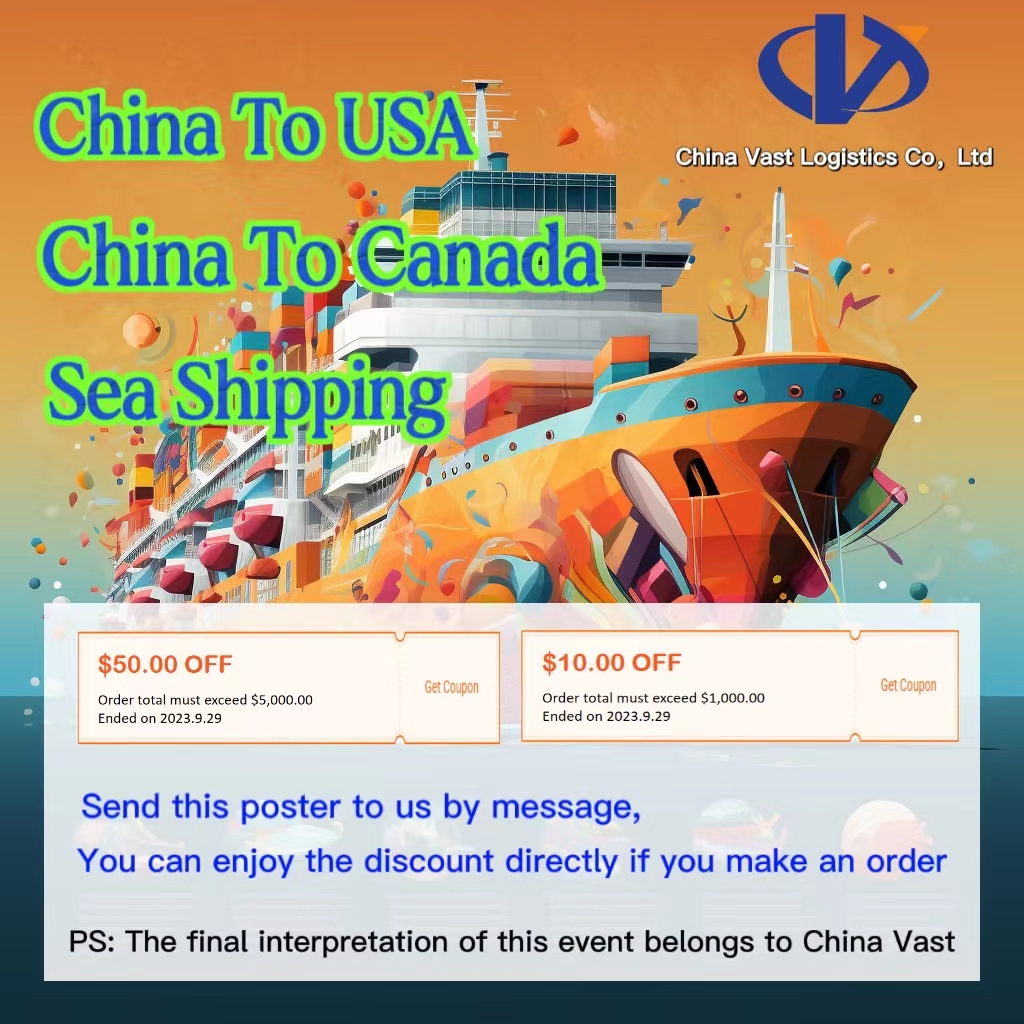The ongoing trade war between the United States and China has significantly impacted the trade flow of numerous commodities between the two economic giants. Below, we outline the primary products affected by the trade tensions and the key trade commodities exchanged between the two nations.
I. Key Products Imported by China from the United States
- Integrated Circuits: Critical components used in various electronics, essential for China’s tech industry.
- Semiconductor Manufacturing Equipment: Crucial for China’s ambitions to advance its semiconductor industry.
- Engines and Engine Parts: Key components for automotive and industrial applications.
- Soybeans and Agricultural Products: China is a major importer of US agricultural goods, with soybeans being a staple import.
- Meat (Pork, Beef): The demand for US meat products, particularly pork and beef, remains high despite tariffs.
- Cotton: A vital raw material for China’s textile and garment industry.
- Crude Oil and LNG: Essential energy imports to support China’s growing industrial sector.
- Medical Equipment: Advanced medical devices and equipment are vital imports amid rising healthcare needs.
II. Key Products Imported by the United States from China
- Smartphones: Dominates US imports, with major brands relying on Chinese manufacturing.
- Laptop Computers: Critical to the US tech market, with significant production sourced from China.
- Communication Equipment and Parts: Includes networking devices and essential electronic components.
- Automobiles: Automotive imports, including electric vehicles, have seen a rise despite tariffs.
- Household Appliances: China remains a top exporter of affordable home appliances to the US.
- Apparel and Furniture: The US relies on Chinese imports for a wide range of consumer goods.
- Sporting Goods: Various sports equipment, from fitness gear to outdoor products.
- Power Tools: A staple in US imports, widely used in construction and manufacturing.
Impact of the Trade War
The imposition of high tariffs on these key products has disrupted supply chains, increased costs for businesses and consumers, and led to shifts in sourcing strategies. Companies in both nations are exploring alternative markets to mitigate the impact of tariffs, but the ripple effects continue to influence global trade dynamics.

